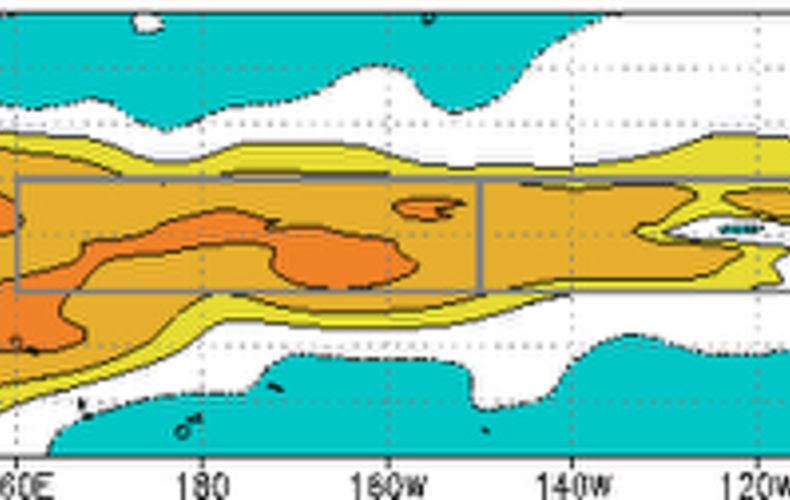
The adjoint of an ocean general circulation model is used as a tool for investigating the causes of changes in ENSO SST indices. We identify adjoint Kelvin and Rossby waves in the sensitivities to sea level and wind stress at earlier times, which can be traced back for more than a year through western and weak eastern boundary reflections. Depending on the thermocline depth the first and second baroclinic modes are excited. The sensitivities to the heat flux and SST are local and decay in about a month.
The sensitivities to the fluxes are converted into the influence of SST using the adjoint of a statistical atmosphere model. Focusing on SST perturbations in the index region itself, we recover, up to a scale factor, the delayed oscillator concept.
GJ van Oldenborgh, G Burgers, S Venzke, C Eckert, R Giering. Tracking down the ENSO delayed oscillator with an adjoint OGCM
Status: published, Journal: Mon. Wea. Rev., Volume: 127, Year: 1999, First page: 1477, Last page: 1496